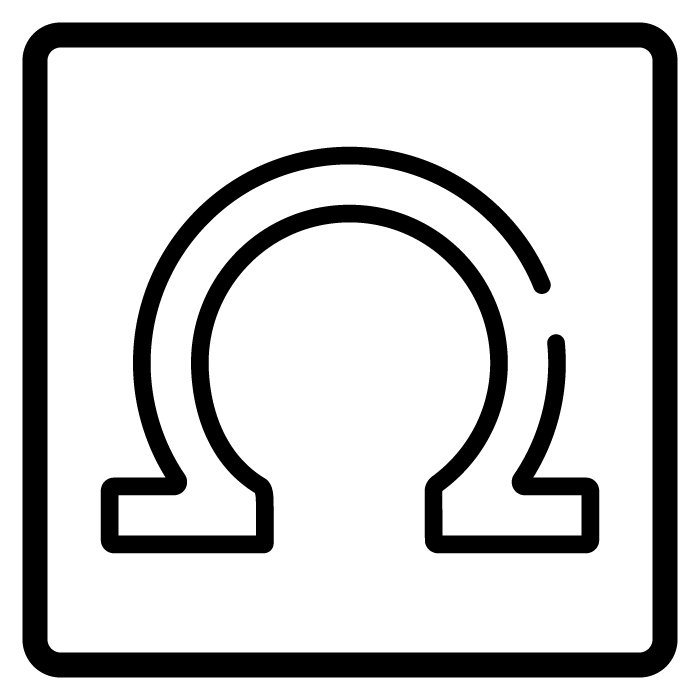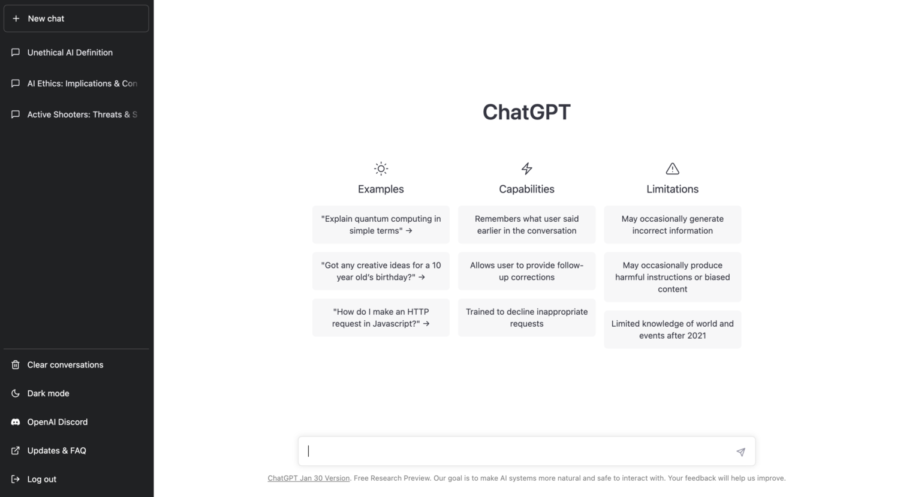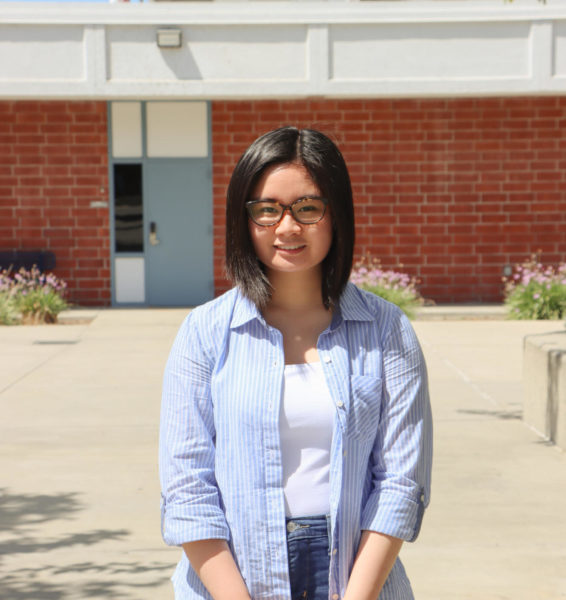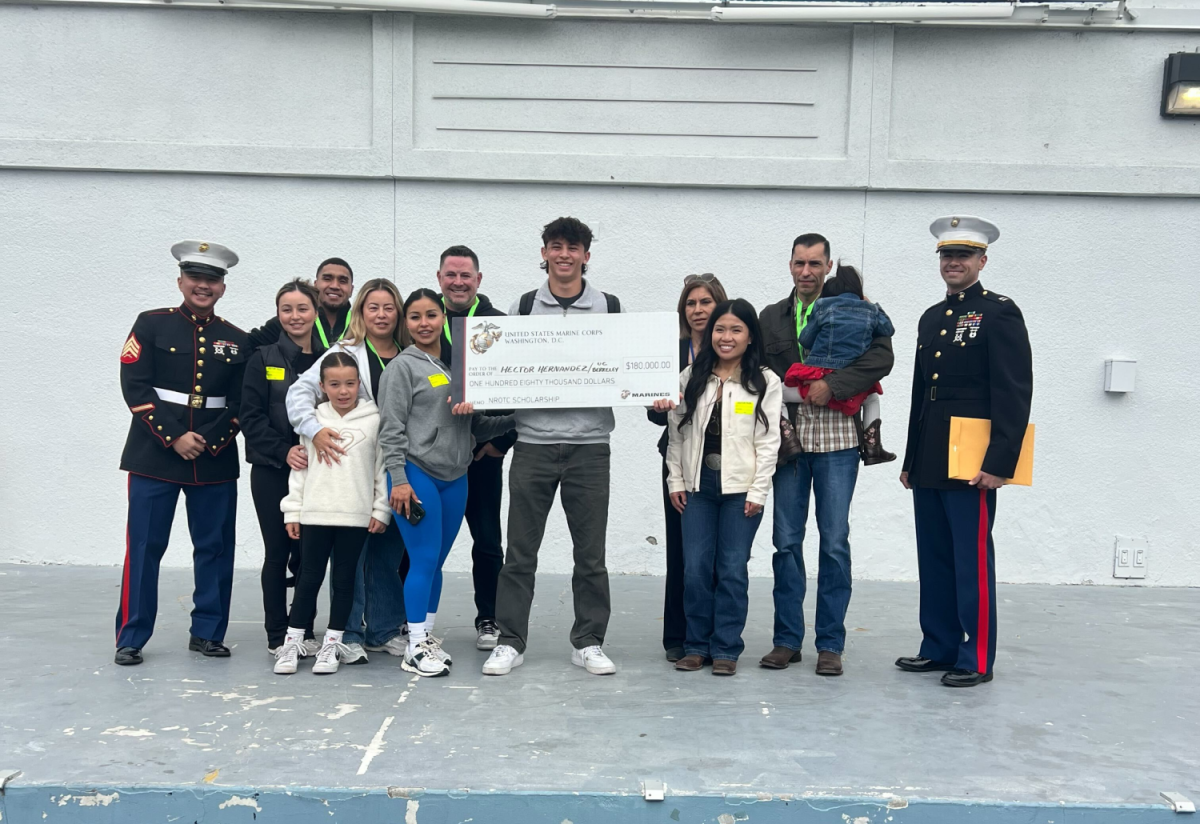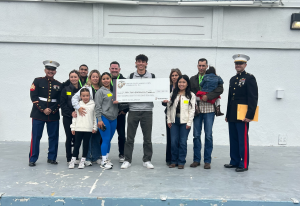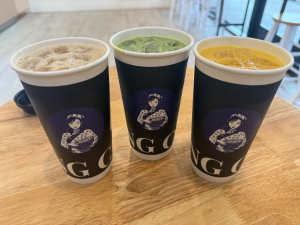ChatGPT challenges traditional teaching
This new software is causing concerns with its potential usage for plagiarism.
February 6, 2023
“Write me an article on the implications of generative AI on education.” The notion of typing an 11-word prompt into an online chatbot and receiving a coherent response seems far-fetched, but it has become a reality with the arrival of ChatGPT.
ChatGPT was launched in November 2022 by the artificial intelligence (AI) research company, OpenAI, whose “mission is to ensure that artificial general intelligence benefits all of humanity.” Its newest chatbot has certainly had a far-reaching impact, but its benefits have also ushered in disruptions within entire industries and the education system. The chatbot is versatile, formulating emails, blog posts and even poetry. It is capable of emulating human speech through a machine learning method conditioned to generate text in a conversational tone.
The advent of ChatGPT is a critical moment to reevaluate our educational system. Technology like ChatGPT will remain and cannot be cast aside; it is a symbol of the world we are moving towards. Educators and students need to learn how to use it as a resource to teach critical reasoning. ChatGPT can synthesize information, but it lacks depth. Educators across California have proposed to integrate ChatGPT as an opportunity for students to refine their writing skills through assessing how an AI-generated response could be improved upon.
Students often resort to mechanisms of cheating out of desperation or a lack of understanding, making ChatGPT’s instant generation of coherent knowledge seem especially alluring. ChatGPT can supplement learning writing, but it cannot replace it. Every student needs to realize that they wield a distinct, individual voice that cannot be replicated by a machine. Educators can reconfigure their classrooms to prevent student usage of ChatGPT through encouraging them to appreciate the writing process and seek assistance when needed.
The popularization of ChatGPT gives educators an opportunity to reflect on how they can pivot towards designing a curriculum that entails deeper, more sophisticated thinking that cannot be achieved by automation. ChatGPT can be harnessed to model concepts for students, synthesizing examples within minutes for students to comment on and giving way to a more interactive, inquiry-based learning environment. The bot can also promote information literacy through allowing students to amend the factual inaccuracies it reports. ChatGPT doesn’t restrict thinking; it can potentially open a repository of information for students to explore.
Some students fantasize that essay writing will be outsourced by ChatGPT. However, we must realize it is a machine, not a human. Although it has been regarded as a force that will surely revolutionize the future, ChatGPT merely generates words; it will never be able to understand, rendering the automation of communication futile. The individuality of human expression is what transcends beyond generative AI, and it cannot be co-opted by a machine to suppress the emotion and creativity within written communication.
